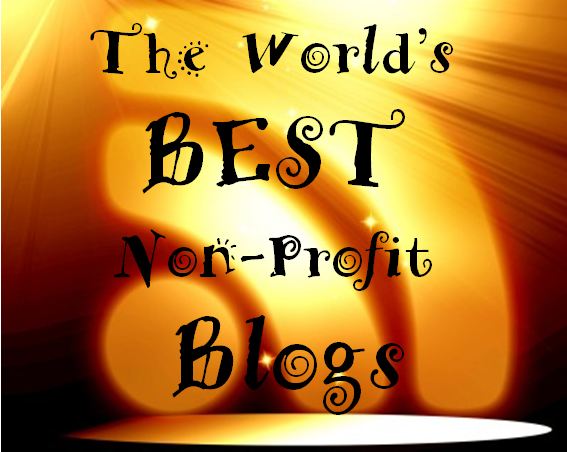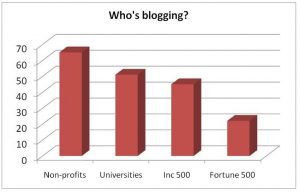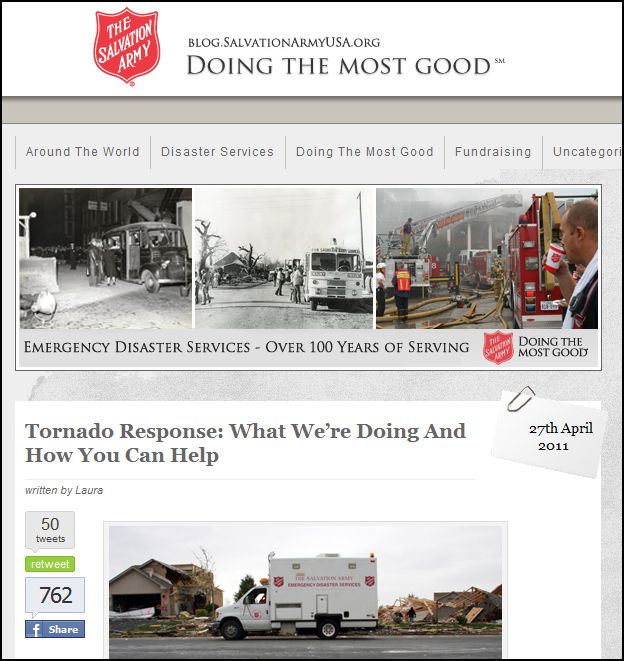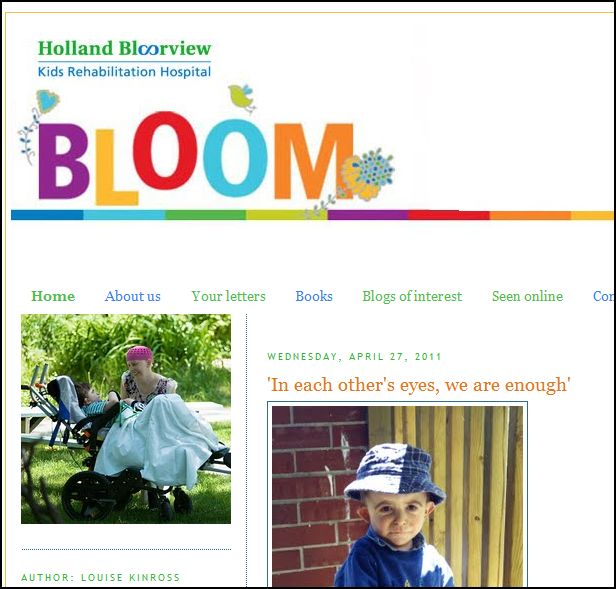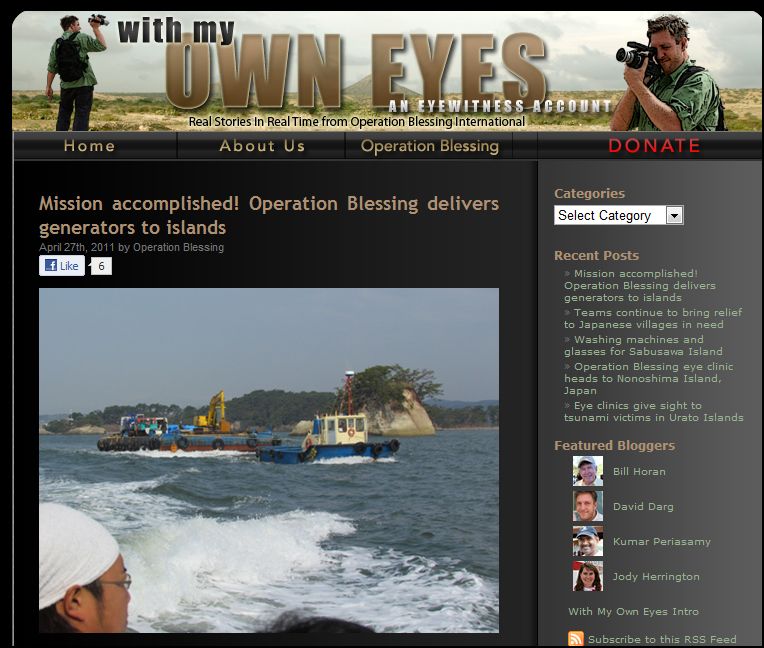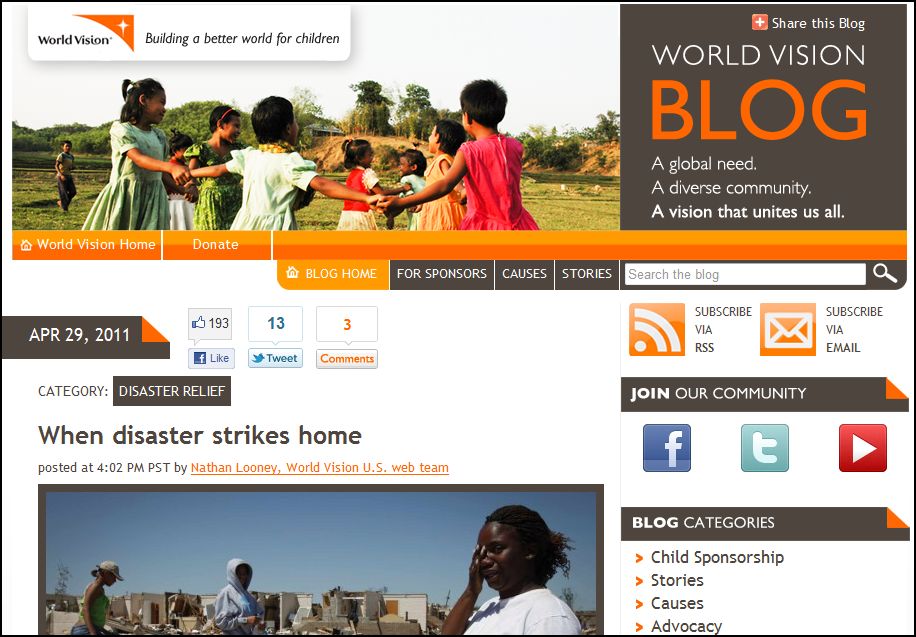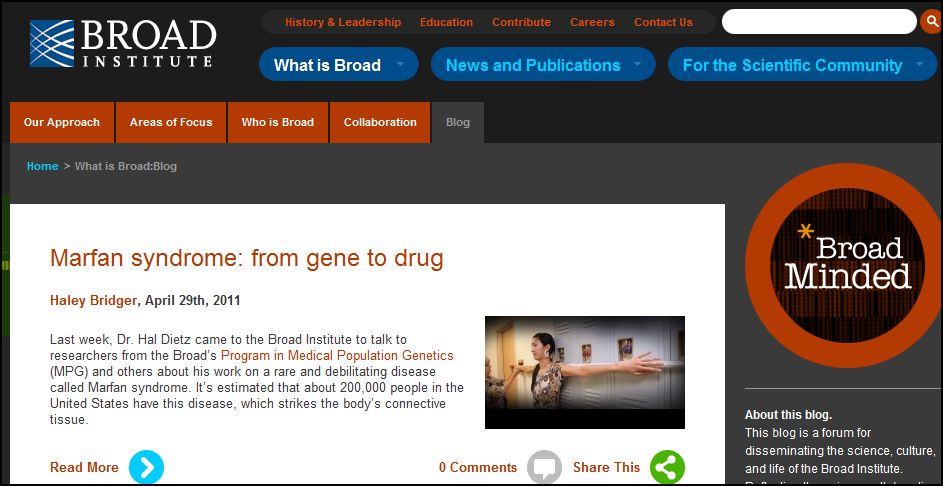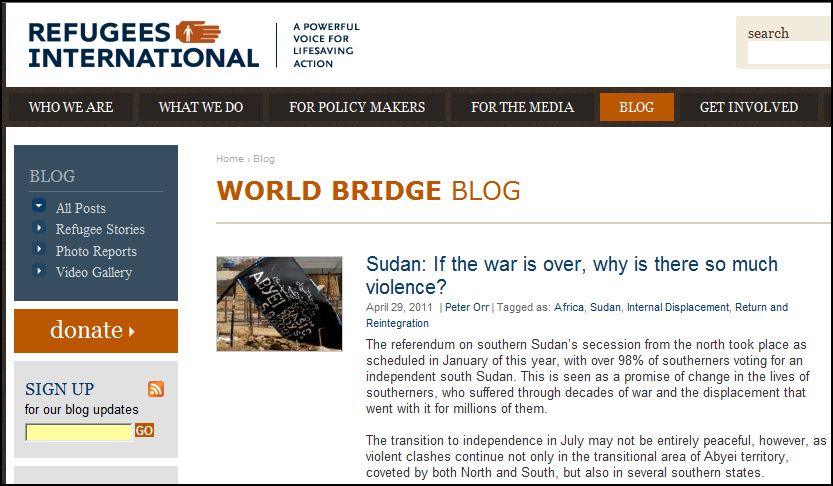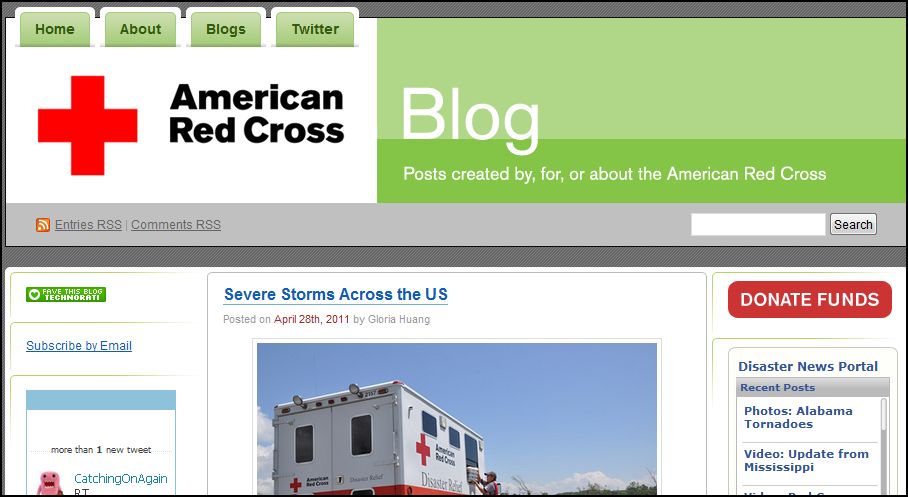My friend Allison is a filmmaker who creates spellbinding, gorgeously crafted visual stories. Allison’s movies pull you into a microcosm and then surprise you with how a story about a creature you’ve never given a second’s thought to impacts your daily life. For her current film, Allison used KickStarter to help fund her project costs.
My friend Jim is also making a movie. He’s using Indiegogo to crowd-source funding for his upcoming film, Pretend. I noticed while I was at Jim’s fundraising page that the American Red Cross is also using Indiegogo to raise money for those left in the wreckage of Hurricane Sandy. In fact, Indiegogo and PayPal have teamed up to waive all fees to lots of verified nonprofits raising money for Sandy disaster relief.
Services that help (frequently well-established and large) nonprofits enable walkers, runners and golfers to raise money for their causes have been around for a long time. But more directly “people powered” philanthropy is on the rise and these new infrastructures like Kickstarter, Indiegogo, GlobalGiving and pioneer microlenders like Kiva help donors directly fund people and tiny nonprofits that wouldn’t normally come up on their radar.
I started thinking about this evolution in giving when I read a New York Times article someone shared on Twitter last week about Rolling Jubilee, a 501(c)(4) fund created by Strike Debt, an offshoot of the Occupy movement. Called “a bailout of the people, by the people,” funds donated are put into a pool that purchases – and then dissolves – peoples’ consolidated debt for pennies on the dollar. According to the Rolling Jubilee website, for every $1 donated, $20 of debt is absolved. As of today, Rolling Jubilee has received over $362,000 resulting in over $7 million in debt relief. People-powered philanthropy that even Forbes thinks is a good idea.
What do these new ways of giving and interacting mean for the future of fundraising? And why should we in prospect research care? Crowd-funding, social impact bonds and micro-lending don’t immediately spring to mind when you think about select, small groups of donors that prospect researchers normally concentrate on. But for the data analysts amongst us, it’s an exciting proposition: large numbers of new donors that are deeply, personally invested in our cause. Is our field’s recent growth in the application of data analytics perfectly timed to meet this new way of fundraising?
